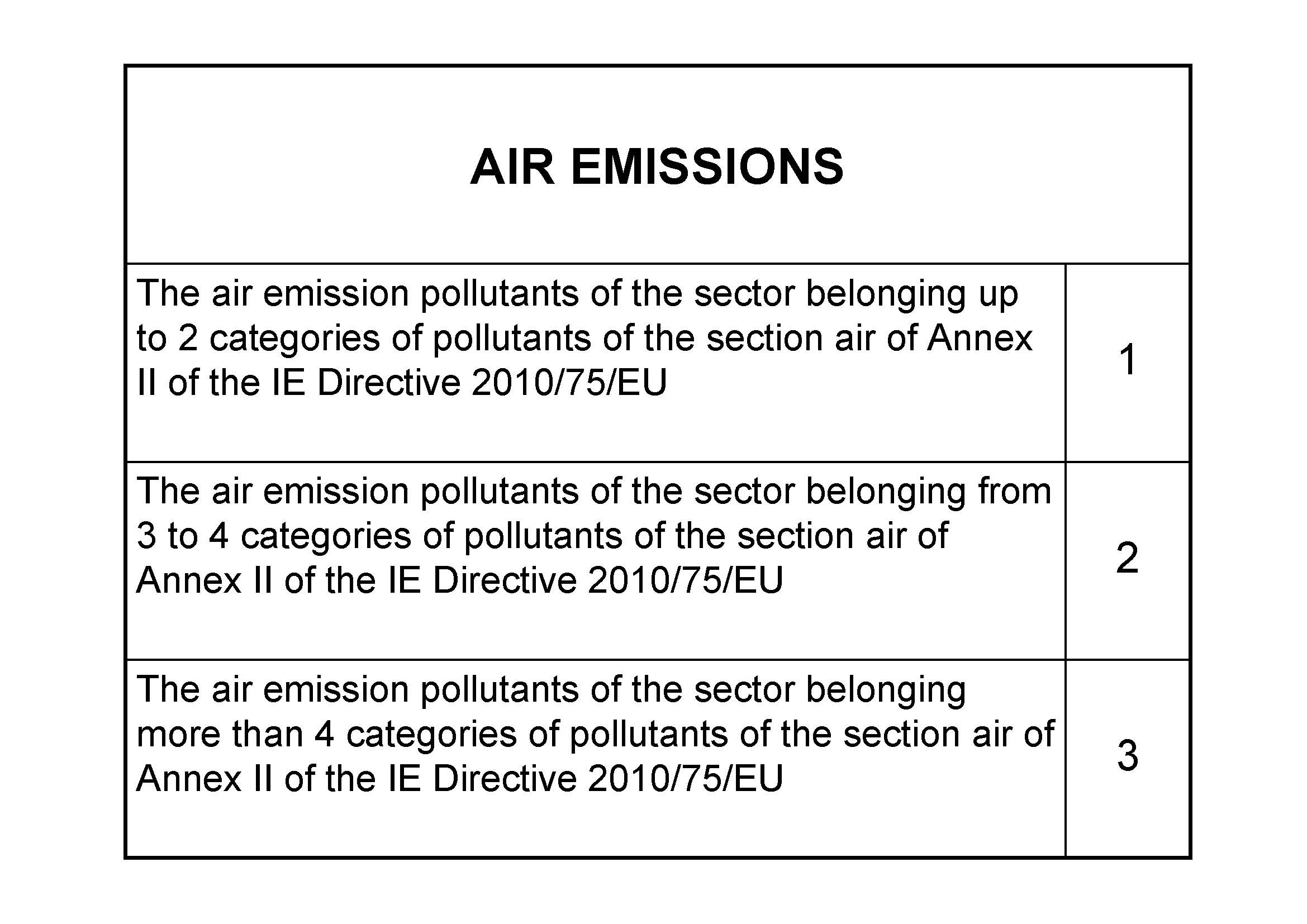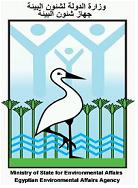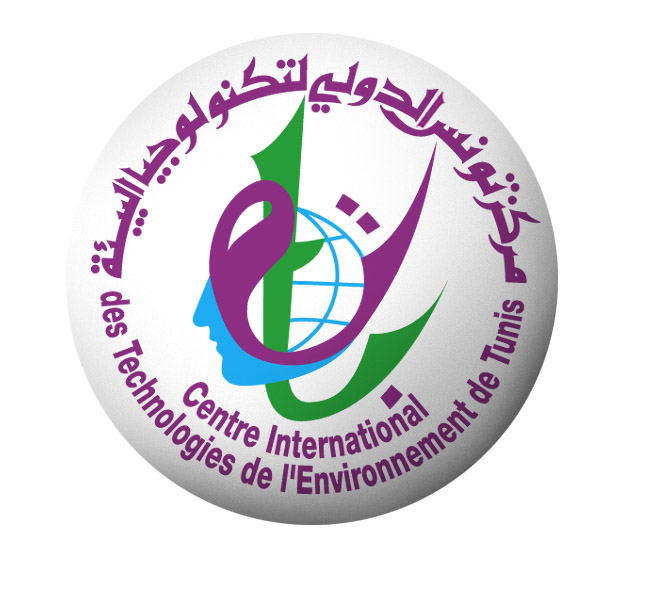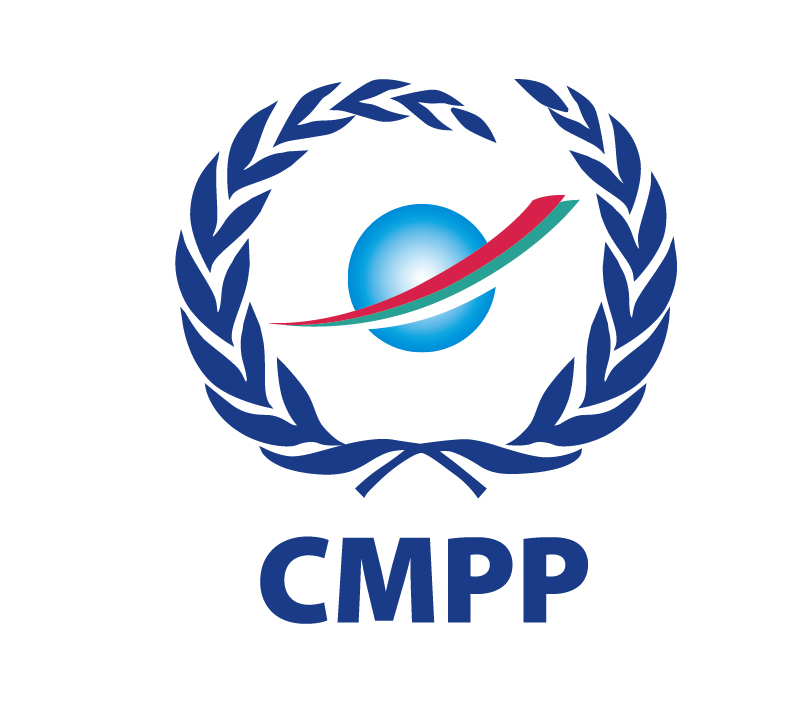

Subscribe to SCP News
Methodology for the selection of the key industrial sectors: the first steps of BAT4MED project

SSSUP (Scientific Manager and WP Leader) has presented a first version of the Methodology during the Kick of Meeting of the project held in Seville the 13th and the 14th of January 2011. The objective was find a way in order to select the key sectors with an objective and independent approach. The Methodology then has been shared and approved by all partners.
The Methodology provides the collection of quantitative and qualitative data, whose assessment will allow the selection of key industrial sectors.
It includes also a pre-selection phase of 8 IPPC sectors for each MPC, in order to optimize time and resources in data collection.
According to the description of the task included in the project, the Methodology is based on three “Classes of data”: economic aspects, environmental aspects, social, health and institutional related aspects that represent the criteria used in the identification of the key industrial sectors.
All Mediterranean Partner Countries (MPCs) involved in the BAT4MED project should collect some “Kind of data” for each Class of data in order to evaluate the relevance of key industrial sectors.
To this purpose a score will be assigned to each “Kind of data” on the basis of the relevance of the data collected and the indicators calculated. The score could change from 1 (lowest relevance) to 3 (highest relevance).
Information and data that Mediterranean Partner Countries should collect are:
- for economic aspects: turnover, share of the gross national product (GNP), number of firms, number of employees, export value, added value, economic trend, size of firms;
- for environmental aspects: water consumption, CO2 emissions, air emissions, waste production, risk of contamination of soil and groundwater, energy consumption, categories of pollutants in wastewater, wastewater priority substances, raw and auxiliary materials, environmental complexity;
- for social, health and institutional related aspects: national policy priorities, health and environmental perception of the citizens, environmental and corporate social awareness, dangerous substances, international policy priorities, proximity of industrial areas to the urban areas, environmental legislation.
Here there is an example of how the Methodology refers to the air emissions aspect and which is the criteria proposed to attribute a score to each analysed sector.
The attribution of the score is based, in this case, on the recent European Directive 2010/75 “on industrial emissions (integrated pollution prevention and control)”. This Directive reports on its Annex II a list of the most important air emissions pollutants. Taking into account this annex, the criteria foresees a scoring system according to the following classes:

Table 1. Example of environmental criteria used in the methodology
In order to assign the scores to each IPPC sectors, MPCs should refer to relevant literature reports that analyse the relevant emission pollutants of the sector.
Often the Methodology and its criteria are linked to several European Directive or technical documents related to environmental issues (e.g. Emission Trading System Directive, IE Directive, etc.). These references are included as annexes in the Methodology in order to allow an easy application of the criteria.
Moreover, the Methodology considers the regional policy priorities of each Mediterranean Partner Country as a mandatory criteria to identify the key industrial sectors. To this purpose Egypt, Morocco and Tunisia should check national and regional policy documents to confirm that the sectors selected could be considered policy priorities.
Finally the partners will identify the relevance of each class of data for each sector: the scoring system will be applied to each industrial sector in order to identify the relevance of each class of data. In this way each MPC will be able to identify the “Environmental Potential Benefit” (EPB) of each sector according to a specific formula:
Environmental Benefit Potential (EBP) =
25% x Relevance of economic aspects +
50% x Relevance of Environmental Aspects +
25% x Relevance of social health and institutional
Table 2. Formula to calculate the Environmental Benefit Potential
The identification of the EBP for each sector will make possible to identify the list of the priority sectors for each MPCs. The list will consist in a ranking with the indication of a numeric value (EBP) for the 8 pre-selected sectors for each Mediterranean Country.
The WP2 will end with the Benchmarking analysis and the identification of 2 key industrial sectors for each MPCs.
![]()
![]()
![]()


















